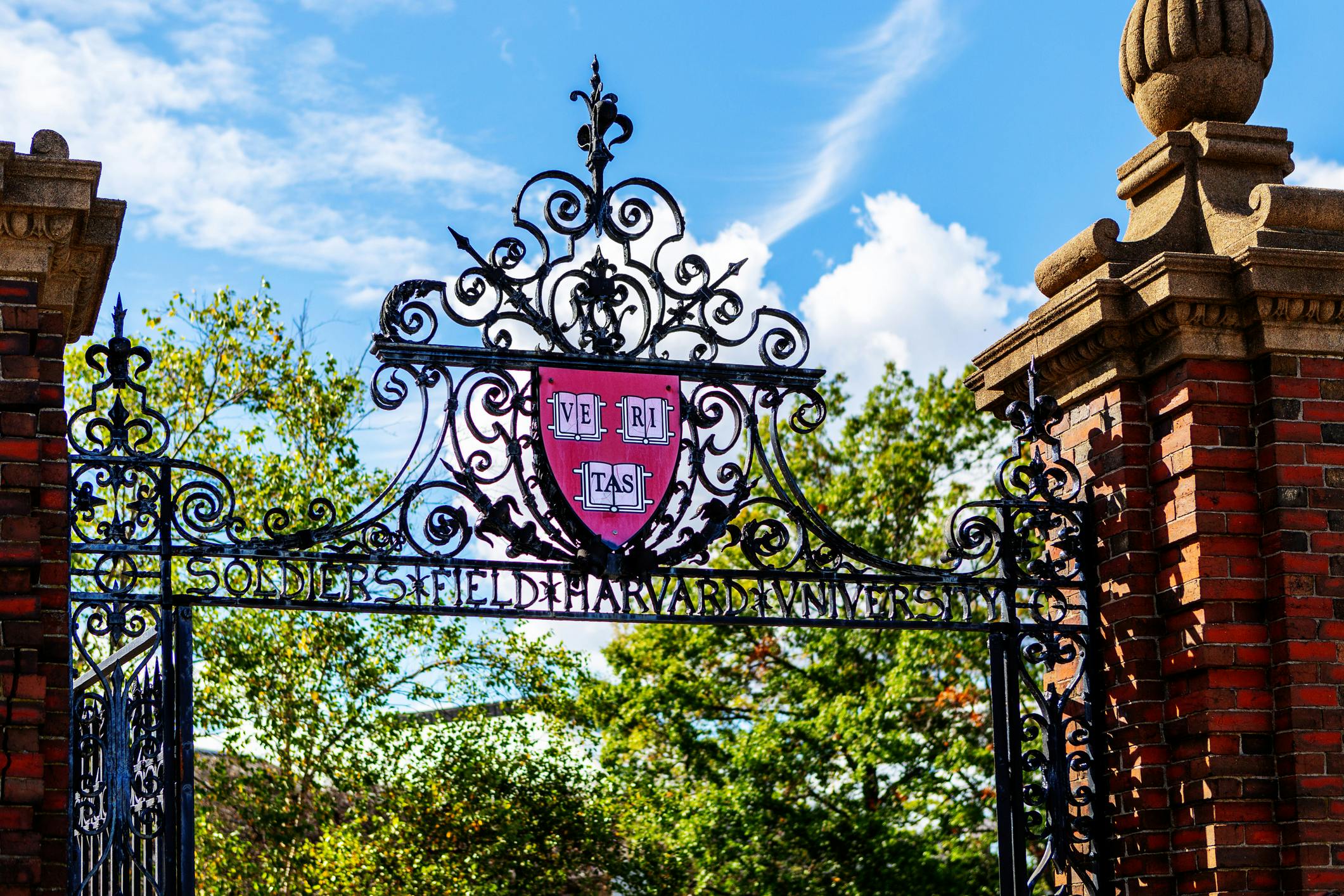As Harvard addresses grade inflation, there’s still no easy fix for easy A’s
A damning internal report on soaring GPAs has done little to assuage scores of career-anxious Harvardians.
It seems as though almost every milestone has become more difficult to achieve in recent years, from buying a house, to getting a job, to securing a place at America’s most esteemed universities.
But while a postpandemic surge in applications has meant it’s harder to get into colleges like Harvard — having reported a 3.63% admission rate for the Class of 2029, marking the fourth straight year the figure has dipped below 4% — it now appears to be easier to succeed once you’re actually there.
A’s of glory
Though the Ivy League has long wrestled with “grade inflation” (referring to the inordinate number of students at these colleges getting previously exceptional test scores), a recent 25-page report from Harvard’s Office of Undergraduate Education has outlined just how extreme this grade creep has become at the 389-year-old institution.
According to the report, more than 60% of grades that Harvard undergraduates received were A’s in the 2024-25 academic year — compared with 40% a decade ago, and almost 25% in 2005. The rise corresponds with the median grade-point average at graduation hitting 3.83 for 2025, up from 3.05 in 1975, per figures from Harvard’s student newspaper and GradeInflation.com.
While abnormally high grades could simply be interpreted as a series of extremely high-performing cohorts, the acceleration in the share of A-grades given, despite a minimal change in hours spent studying — students in 2025 said they worked 6.30 hours outside of class for each of their courses vs. 5.55 hours in 2015, per the report — underscores the idea that Harvard’s evaluation system is “failing to perform the key functions of grading.”
Letter perfect
Naturally, students were less thrilled by the call to “restore the integrity of [Harvard’s] grading,” decrying the report as “soul-crushing” and “dismissive” in an article published in The Harvard Crimson last month.
Stricter testing standards are a tricky topic at top colleges, where students are already overachievers by any regular measure. In 2014, Princeton dropped its 35% cap on A-grades after a decade, explaining that students were being put off the university as they anticipated a competitive disadvantage for the job market if they got worse grades.
As Harvard itself grapples with an uncertain future both politically and financially, anxious students push back against harsher scoring as they too look ahead nervously across a landscape of higher career stakes and dimmer prospects.
